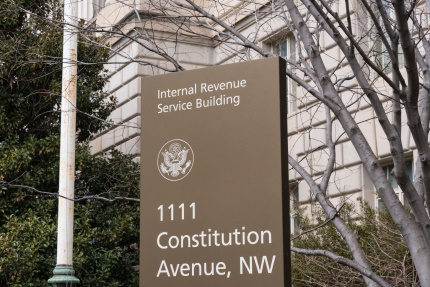The Roth IRA has become a popular retirement account. And why wouldn’t it be? After all, it offers tax-free growth, and tax-free withdrawals from the time the accountholder is around the age of 59.5.
Unfortunately, the IRS has an income phase-out for contributions to a Roth IRA. For 2021, for example, a single filer can be phased out after $124,000 of Modified Adjusted Gross Income (MAGI). For joint filers, the phase out starts at $196,000 of MAGI.

If You’re Above the MAGIc Number, You Can Still Jump Into a Backdoor Roth IRA
The “Backdoor Roth IRA” strategy allows high earners to sidestep Roth IRA income limits.
To go in through the backdoor, an investor simply puts money into a traditional IRA, converts those contributions to a Roth IRA, and pays some taxes on it—that’s pretty much it.
In short, even if you don’t qualify for a Roth, you can still have one.
Once the backdoor Roth IRA is set up, the account can grow and grow, never to be subjected to taxes again.
As defined by Nerd Wallet, the Backdoor Roth is “a strategy for people whose income is too high to be eligible for regular Roth IRA contributions. You simply roll money from a traditional IRA to a Roth… there are no income or contribution limits—that is, anyone can convert any amount of money from a traditional [IRA] to a Roth IRA. But you risk a hefty tax bill on the rollover if you have pretax money— either contributions you’ve deducted or investment earnings—sitting in any traditional IRAs, thanks to the IRS’ pro-rata rule.”
Unfortunately, Congress May Want to Eliminate the Backdoor
Just recently, The House Ways and Means Committee released a proposed list of changes to retirement accounts, including adding limits for conversions and cutting the backdoor Roth strategy. All in an effort to increase revenue flow to the government, while preventing millionaires and billionaires from storing funds in large Roth IRAs.
Right now, it’s just a proposal. Whether it becomes a law or not is yet to be determined.
For now, if you earn more than the phase-out contribution levels, you can always consider a backdoor Roth strategy. However, it’s probably best if you discuss it with your financial advisor first before attempting to do it on your own.





